Examples of multi-faceted UK & US collaboration. From a time when animal abuse was just starting to receive mass-media coverage.
Cruelty to Animals – “Which Are the Brutes?” by Alfred Rudolph Waud
An illustration exposing cruelty to animals, published in – Harper’s Weekly, A Journal of Civilization, February 23, 1867.
An item in our Ernest Bell Library –
Striking artwork – produced almost 150 years ago.
It would have been seen by many ‘educated’ people.
It exposed –
-
the abuse of animals for gaming / gambling purposes.
-
the abuse of animals working in transportation.
-
the abuse of animals in food production.
-
the abuse of stray animals.
The images –
From top left clockwise – Gamblers at a Cock Fight – Abusing Cart Horses at a Milk Depot – Gamblers at a Dog Fight – Abusing Stray Dogs – Torturing Cats – Taking Downer / Diseased Cows to Slaughter, the cart driver whipping the horse –
Central image – Horse Drawn Tram, the horse being whipped.
Reproduced at higher resolution below.
……
The Artist
Alfred Rudolph Waud (October 2, 1828 – April 6, 1891) was originally from London, UK. He had emigrated to the US – Wiki.
……
The Period
A few months before –
~ Henry Bergh (August 29, 1813 – March 12, 1888) founded the American Society for the Prevention of Cruelty to Animals (ASPCA) in April, 1866, three days after the first effective legislation against animal cruelty in the United States was passed into law by the New York State Legislature. Bergh also prompted the formation, in 1874, of the Massachusetts Society for the Prevention of Cruelty to Children (MSPCC) ~ – more here.
ASPCA pin
Another item in our Ernest Bell Library –
An ASPCA pin – for pinning to an ASPCA Inspector’s uniform.
From Henry Bergh’s era – 19th century – brass & vitreous enamel – 12 mm diameter.
……
The print at higher resolution – to open click on it – then click again to enlarge it.
……
The Production of Harper’s Weekly
Harper’s history – here.
~ The ancestral seed for Harper’s Weekly germinated in 1842 in London when the management of the London Illustrated News figured out how to illustrate the latest news stories on a timely basis. Traditionally, woodblock printing of illustrations was a labor-intensive process requiring three steps. First, a boxwood block, which was the exact thickness of the type, was polished smooth. Next, an artist used a pencil to draw his picture on the block in reverse, creating a mirror image. Then an engraver, using a graver and chisels, cut away all the wood not covered by pencil lines.
The new technique, which enabled weekly news periodicals to meet publication deadlines, involved dividing the drawing into many pieces after it was completed. The pieces were assigned to separate engravers for each block; when completed the blocks were reassembled and bolted together. Double-page prints required up to 40 blocks. (The thin white lines between blocks can be seen in some of the Harper’s Weekly illustrations.) ~
……
Our Projects
The Henry Salt Archive is one of our, almost completed, projects.
The Humanitarian League is our Hong Kong registered charity. It cares for The Ernest Bell Library, which was conceived in 1934.
The library is still strong & very active eighty years later – its primary objectives are to: –
-
Collect all of Ernest Bell’s book & non-book works and make them easily accessible to everyone.
-
Collect the literature of vegetarianism and all the other humanitarian movements in which Ernest Bell was so deeply involved.
-
Assist students and scholars in their research.
-
Introduce all aspects of Ernest Bell’s life, including his writings, campaign work, influences and his circle of friends.
-
Undertake our own research into missing aspects of Ernest Bell’s life and work.
We already have more than 300 pieces of Ernest Bell’s own writings.
We are also actively building a collection of examples of promotional material, campaign material, fundraising & marketing activities etc. – related to: –
-
veg(etari)an products.
-
veg(etari)an books & other publications.
-
veg(etari)an organisations.
-
veg(etari)an businesses.
-
animal rights organisations.
-
animal rights publications.
-
humanitarian organisations.
-
humanitarian publications.
-
rambling clubs run by members of the above groups & related publications.
-
the work of Richard St. Barbe Baker & the ‘Men of the Trees’ organization & its many sub-branches.
-
the history of Democratic Socialism.
-
pre-WW2 Trade Union badges / pins / ephemera.



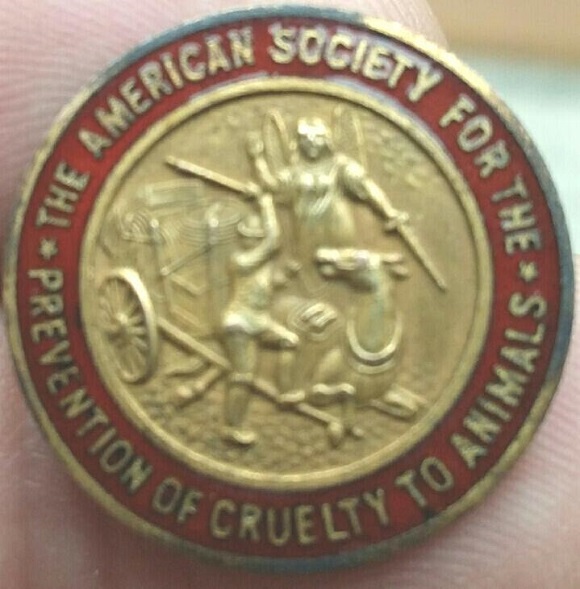
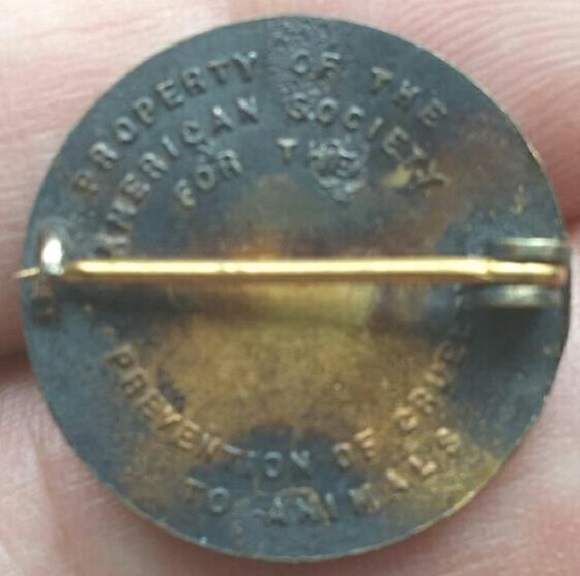

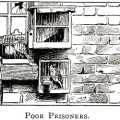
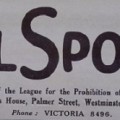
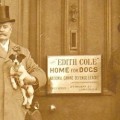
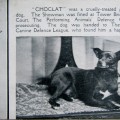
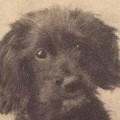
No Comments